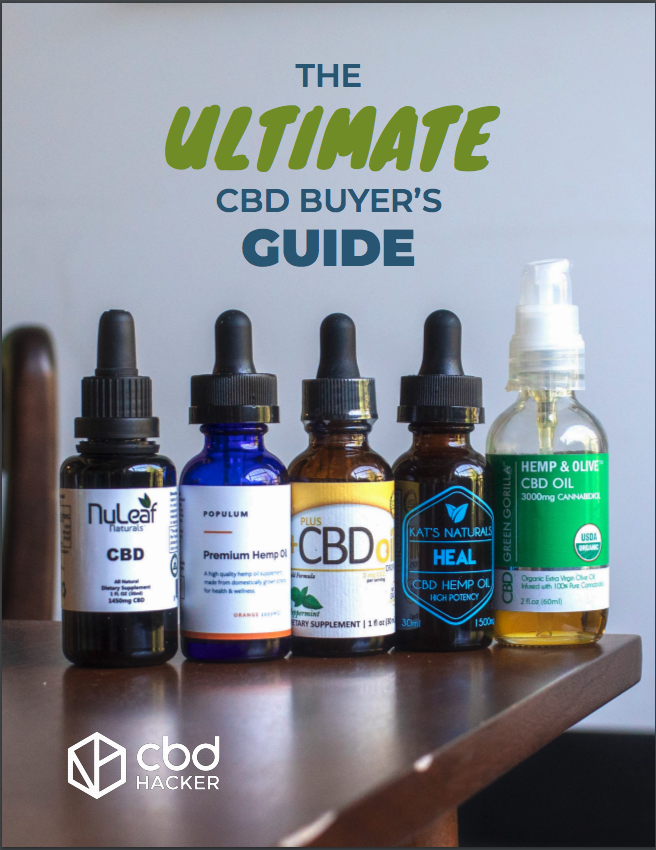Hemp has been the subject of controversy in the United States for the last century, but before that, it was an agricultural staple.
Is it a dangerous drug? Or a benign cash crop? To understand the blemished reputation that has hampered hemp agriculture for more than 100 years, you need a crash course in the history of hemp.
We’ve created this interactive timeline to guide you through the story of cannabis in the United States. From the founding farmers to today’s cutting-edge medicines, we’ll take you on a tour through the historical highlights.
If you were only familiar with the current debates about agricultural hemp, you might think that it had never been grown in the US before. But it was only in the last century that hemp became controversial.
In fact, some of the earliest artifacts of human civilization show that hemp has a long history as a perfectly boring and respectable agricultural product. For example, the earliest known piece of fabric was woven from hemp fibers!
Join us for a journey through the history of hemp in the US, from the plant’s introduction to colonial Mexico to its changing legal status today.
1545-1840: Hemp as a cash crop
1545
Spanish colonists introduced hemp to North and South America in present-day Mexico and Chile.
1765
Cannabis had become a staple crop in New England by the 1630s, so it was well established by the time that George Washington began growing hemp at Mt. Vernon in 1765. He had found that tobacco was not as profitable as he had hoped, and so began growing hemp and flax as alternatives.
And Washington wasn’t the only founding father who grew hemp. Thomas Jefferson, James Madison, and Benjamin Franklin were also cannabis farmers.
1777
In the eighteenth century, Spain relied on expensive imported hemp for rope to support their extensive shipping endeavors. And all of that hemp really added up. In fact, a large ship might carry as much as one hundred tons of hemp on board.
To offset the cost of their North American colonies, Spain encouraged hemp cultivation in the colony of Louisiana.
The Golden Age of Medical Cannabis
1839
In the 1830s, an Irish physician named William Brooke O’Shaughnessy traveled to India where he learned of medical applications of cannabis.
He published his findings in the Journal of the Asiatic Society of Bengal and kicked off the “golden age” of medical cannabis. Hemp wasn’t just for rope and textiles anymore.
1850-1937
Cannabis extracts and other preparations were widely available at the turn of the 20th Century. Some of today’s biggest pharmaceutical companies were in the market, including the companies we now know as Eli Lilly, Pfizer, and Bristol-Myers Squibb.
Much like today’s medical marijuana and therapeutic hemp products, cannabis extracts were used for everything from epilepsy to mood disorders.
1917
In the 19th and 20th Centuries, the state of Kentucky led the nation in hemp production. At its peak in 1917, hemp agriculture occupied 18,000 acres of Kentucky farmland.
1906
The Pure Food and Drug act was a consumer protection law that was intended to prevent the addition of harmful additives to food and medicine. Eventually, the act led to the creation of the FDA.
The law required drug labels to list “addictive” or “dangerous” ingredients on the label. Along with alcohol, morphine, and opium, cannabis was on the list of dangerous drugs.
1936
A famous illustration of rising anti-cannabis sentiment, Reefer Madness was an anti-cannabis propaganda film created to warn teenagers about the “dangers” of the drug.
While it was originally intended to be a morality tale, and was financed by a church group, it eventually found its way to the exploitation film circuit.
1937
The temperance movement of the early 20th Century reflected the growing concern and disapproval surrounding mind-altering substances. With the head of the Federal Bureau of Narcotics claiming that there was an increase in people smoking marijuana, the stage was set for a law intending to curb cannabis agriculture.
The Marihuana Tax Act instated a tax on the sale of cannabis. In addition to products that were intended to be used as medicine, the tax also applied to agricultural hemp grown for rope, textiles, and other non-consumable products.
1940
A team of scientists at the University of Illinois were the first to isolate cannabidiol, or CBD, from the cannabis plant. Led by Dr. Roger Adams, the researchers thought at the time that CBD was an inactive substance.
1942
During World War II, the Marihuana Tax Act of 1937 was lifted briefly to allow for hemp fiber production to create ropes for the U.S. Navy. The film Hemp for Victory urged farmers to grow more of the crop.
1958
With WWII far in the past, and nylon and other synthetic fibers lessening the demand for hemp, production dwindled. The last large commercial hemp crop in the US was harvested in 1958.
1972
Proposition 19 was also known as the California Marijuana Initiative, or CMI. This was the first attempt in the US to legalize cannabis, which had been banned in California, through a ballot initiative. The CMI was defeated at the polls, though, with over 65 percent of voters opposing the proposed law.
1970
The Controlled Substances Act (CSA) of 1970 placed cannabis under federal control. It also led to the creation of the Drug Enforcement Agency (DEA) in 1973.
Although the CSA contained a specific exemption for industrial hemp, the DEA’s interpretation of the law led to a ban on all forms of cannabis.
Hemp stages a comeback
1990s
In the early 1990s, interest in commercial hemp cultivation was on the upswing in the United States. Several states began studying the market and devoting resources to bringing back agricultural hemp.
1996
California’s Compassionate Use Act of 1996, or Proposition 215, was a statewide ballot initiative that passed with 56 percent of the vote. Its passage made medical marijuana legal in the state, although federal officials spent more than a decade actively challenging the law.
As the federal government continued to categorize cannabis as a schedule 1 drug, individual states passed laws to provide access to cannabis for patients who could benefit from the plant.
2014
The Agricultural Act of 2014, also known as the “Farm Bill,” removed federal restrictions on industrial hemp. Under the law, any states that legalize it may set up research programs to study the benefits of hemp cultivation.
2014
Voters passed Colorado amendment 64 in January 2014, leading to the legalization of cannabis for adult use.
Under the law, adults aged 21 or older can grow up to six cannabis plants and keep all marijuana from the plants they grow. It’s legal to possess up to one ounce of marijuana and to gift up to one ounce to other adults.
2018
In June of 2018, the FDA approved Epidiolex. This potent CBD product is indicated for Dravet syndrome and Lennox–Gastaut syndrome, both of which are severe and hard-to-treat forms of epilepsy.
As a result, the DEA rescheduled some cannabidiol products so that the drug could be brought to market. Essentially, the agency’s policy listed all cannabis extracts as Schedule I, except for CBD products that had FDA approval. These were recategorized as Schedule V.
On Thursday, December 20, President Trump signed into law the 2018 Agriculture Improvement Act (a.k.a. the “Farm Bill“).
This law transformed the regulatory status of hemp in the US by changing the legal definition of the word “hemp.” Under federal law, hemp now includes hemp-derived products, including cannabinoids like CBD.
Furthermore, the law modified the Controlled Substances Act of 1970 to clarify that the term “marihuana” does not include hemp.
These changes removed hemp-derived CBD from the DEA’s purview, and placed it under the authority of the USDA and FDA.
What’s next for hemp in the US?
As of this writing, states like New York and New Jersey are taking steps toward legalizing cannabis for adult use. Still more states, such as Oklahoma and Ohio are implementing new medical cannabis laws.
A new Farm Bill is making its way through Congress. If all goes well, a vote on the final bill will take place before the end of 2019. The current version of the bill contains provisions that will make it easier for farmers to grow hemp.
All of these developments will contribute to the momentum of agricultural hemp’s big comeback. For the latest news on CBD and hemp, check out our CBD News section, or [caldera_form_modal id=”CF5b05eba6de634″]subscribe to our newsletter[/caldera_form_modal].






